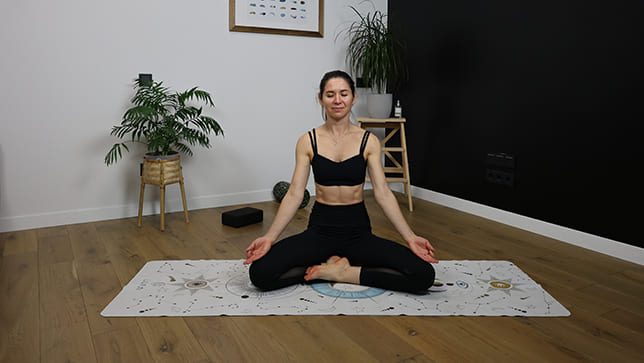
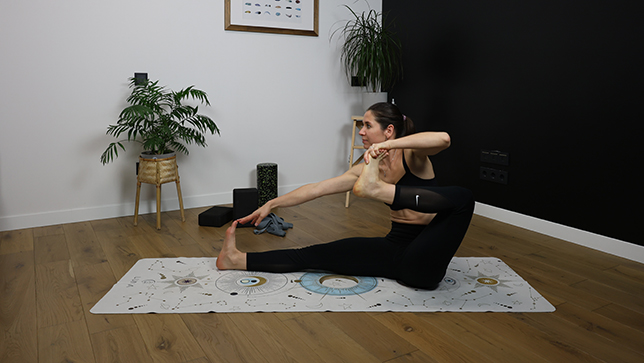
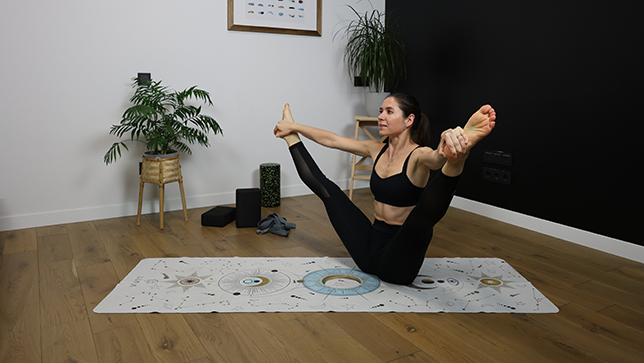
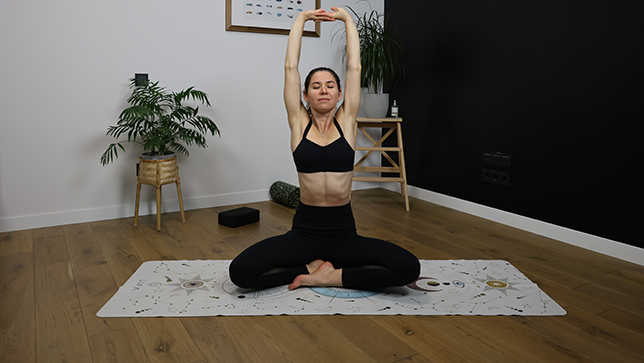
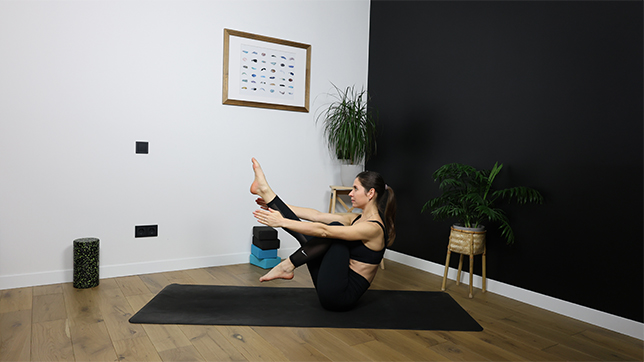
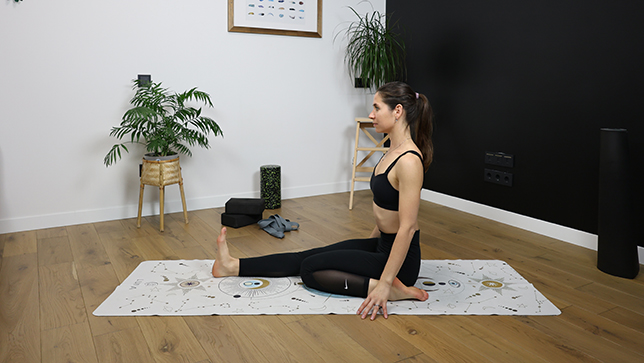


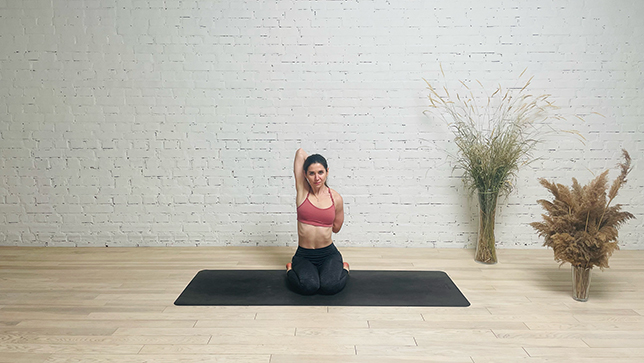
Seated yoga poses are yoga postures that are performed while sitting on the ground or on a yoga mat. These poses are accessible to people of all ages and fitness levels and can be particularly helpful for those who have difficulty with standing or balancing postures. Seated yoga poses are commonly practiced in yoga classes, especially for beginners or individuals with limited mobility.









The difficulty of seated yoga poses can vary depending on your individual level of flexibility, strength, and mobility. Seated yoga poses are generally considered to be more accessible and less physically demanding than standing or balancing poses. They are often included in yoga classes for beginners, seniors, or individuals with limited mobility or injuries.
However, like any yoga practice, the difficulty of seated poses can vary based on the specific pose and how deeply you choose to explore it. Some seated poses, such as Easy Pose (Sukhasana) or Staff Pose (Dandasana), are relatively straightforward and can be easily achieved by most people. These poses focus on maintaining a comfortable seated position and breathing mindfully.
On the other hand, some seated poses, like Seated Forward Bend (Paschimottanasana) or Seated Spinal Twist (Ardha Matsyendrasana), may require more flexibility and range of motion. Achieving a deeper expression of these poses might be challenging for some individuals, especially if they have tight hamstrings or limited spinal mobility.
The key to practicing seated yoga poses effectively is to approach them with patience, listen to your body, and honor its current abilities. Yoga is not about achieving a perfect shape or forcing yourself into challenging positions; it’s about finding balance, mindfulness, and self-awareness. Props like yoga blocks, straps, or cushions can be used to modify poses and make them more accessible.
If you’re new to yoga or have specific physical limitations, consider attending a yoga class or seeking guidance from a qualified yoga instructor who can offer personalized modifications and adjustments. They can help you safely explore seated yoga poses and adapt the practice to suit your needs and abilities. Over time, with consistent practice, you may find that your flexibility, strength, and comfort in seated poses improve.
Improves flexibility in hips and spine.
Relieves tension and stress.
Enhances focus and mindfulness.
Helps in posture alignment.
Acute injuries or recent surgeries.
Severe back or neck pain.
Severe arthritis in hips or knees.
Pregnancy (avoid deep forward folds and twists).